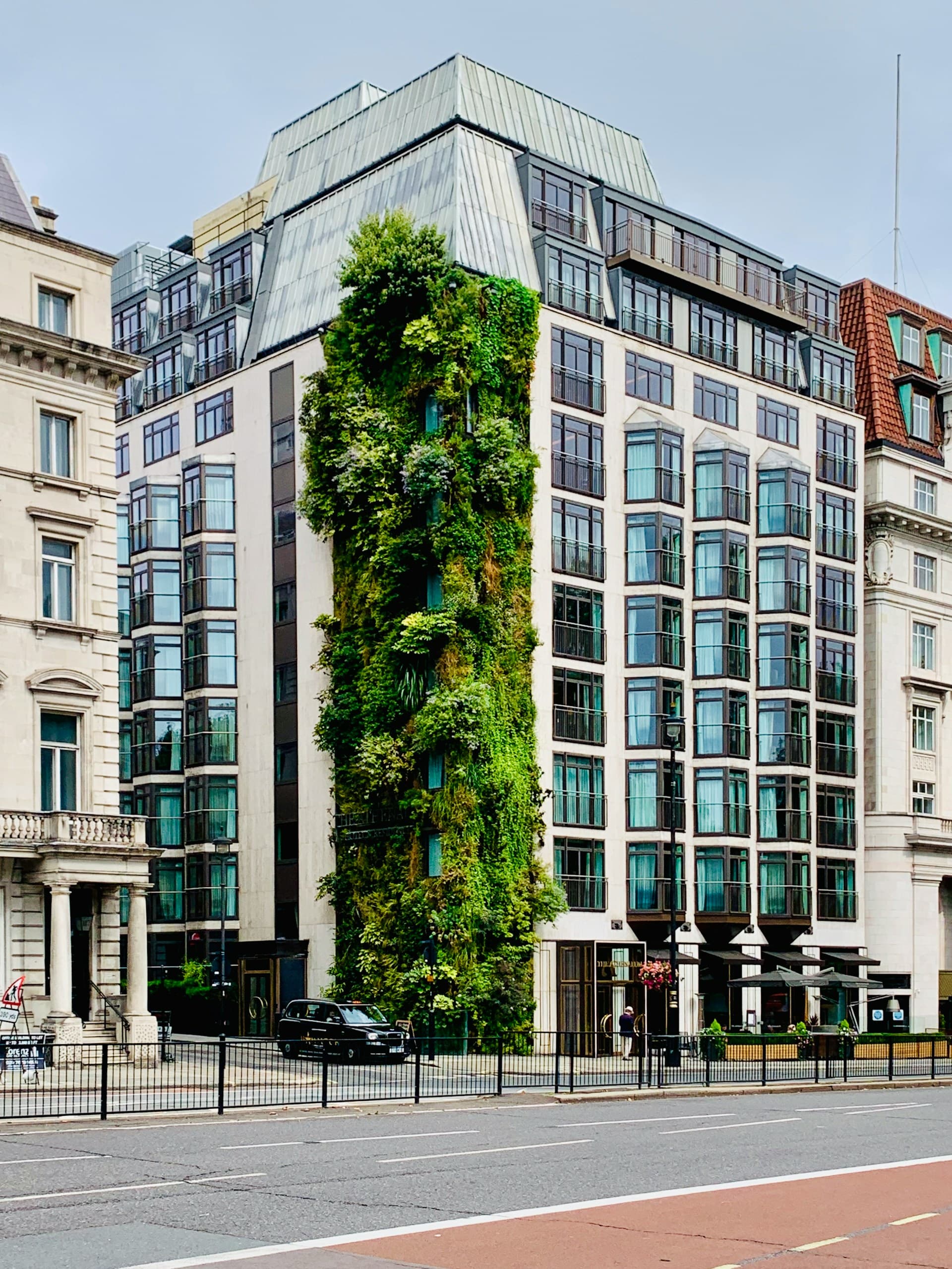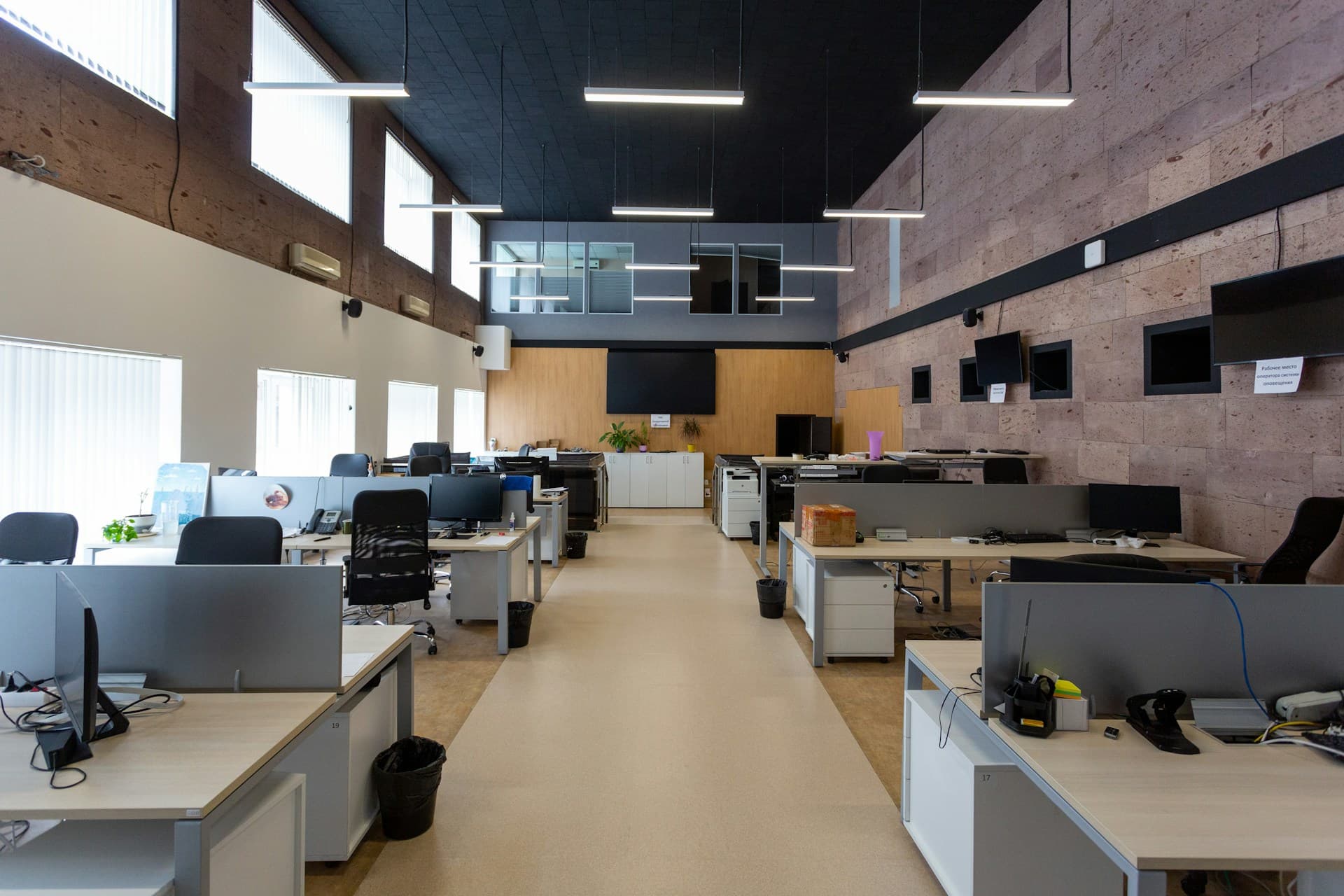
There has been an increasing focus on Environmental, Social and Governance (ESG) standards in recent years, which has given rise to a new type of commercial lease agreement known as the ‘green lease’.
Green leases seek to align ESG with the interests of both landlords and tenants with regard to the environmental impact of a commercial space’s operation and usage. Along with the usual details included in a standard lease, a green lease will include specific agreements and incentives covering the likes of energy efficiency, waste and water conservation. The language used in green leases aims to ensure both landlords and tenants engage in practices that improve the environmental performance of the commercial space.
The exact details of a green lease for commercial property can differ in each instance, although there are some common provisions which frequently feature. Here we look closer at these common green lease provisions before explaining how green leases are implemented.
Common Green Lease Provisions
There is no standard green lease, and the provisions of each one will depend on the specific circumstances of the property as well as the priorities of the landlord and tenant. As mentioned above, energy efficiency and water conservation are common inclusions, as is waste reduction. There will often be provisions concerning air quality, mostly covering the likes of ventilation and air filtration, as well as restrictions on the use of any products containing toxic materials.
Pass-through clauses are also becoming more commonly featured in green leases, which incentivise landlords to invest in capital improvements to reduce energy consumption. As energy efficiency upgrades only really benefit the tenant paying the bills, a pass-through clause allows the landlord to pass on the costs of such capital improvements onto the tenants as an operating expense.
Another common green lease provision enables submetering of the tenant’s space and equipment to gather more accurate energy usage and emissions information. There may also be requirements regarding the use of renewable energy and the use of energy-efficient appliances.
Some green leases also require the landlord to obtain certain green certifications as well as ensure compliance with all standards and regulations.
Implementing a Green Lease
A green lease can either be introduced alongside a standard lease agreement, or integrated into the standard lease agreement by simply adding the specific provisions. The latter option will be more commonly advised as it normalises green leasing and makes it part of standard business operations.
A green lease can be proposed and introduced by either the landlord or the tenant, and either method will require some collaboration and negotiation. The exact provisions and language used to describe them must be agreed upon by all parties, and the proposed provisions may be contested and redefined during the negotiation.
If you want to implement a green lease for your commercial property, then contact Brecker Grossmith today to speak to an experienced team of chartered surveyors with expert knowledge of green lease provisions and implementation.

